Manual Yamaha DHR10 Speaker
Need a manual for your Yamaha DHR10 Speaker? Below you can view and download the PDF manual for free in English. This product currently has 5 frequently asked questions, 0 comments and has 0 votes. If this is not the manual you want, please contact us.
Is your product defective and the manual offers no solution? Go to a Repair Café for free repair services.
Manual
Loading…

Loading…
Rating
Let us know what you think about the Yamaha DHR10 Speaker by leaving a product rating. Want to share your experiences with this product or ask a question? Please leave a comment at the bottom of the page.More about this manual
We understand that it’s nice to have a paper manual for your Yamaha DHR10 Speaker. You can always download the manual from our website and print it yourself. If you would like to have an original manual, we recommend you contact Yamaha. They might be able to provide an original manual. Are you looking for the manual of your Yamaha DHR10 Speaker in a different language? Choose your preferred language on our homepage and search for the model number to see if we have it available.
Specifications
| Brand | Yamaha |
| Model | DHR10 |
| Category | Speakers |
| File type | |
| File size | 4.38 MB |
All manuals for Yamaha Speakers
More manuals of Speakers
Frequently Asked Questions about Yamaha DHR10 Speaker
Our support team searches for useful product information and answers to frequently asked questions. If you find an inaccuracy in our frequently asked questions, please let us know by using our contact form.
I want to connect a speaker to my television with HDMI, which port should I use? Verified
You need to use the HDMI-ARC port, which is specifically made for connecting audio equipment.
This was helpful (1383) Read moreWhat do the frequencies say about my speaker? Verified
It indicates the range of frequencies that the speaker can produce. A bigger range of frequencies will provide a larger variation in sound en produce higher quality sound.
This was helpful (750) Read moreWhen is my music too loud? Verified
Sounds over 80 decibel (dB) can start to damage hearing. Sounds over 120 dB immediately damage hearing. The severity of the damage depens on how often and how long the sound is present.
This was helpful (438) Read moreDoes bluetooth work through walls and ceilings? Verified
A bluetooth signal will work through walls and ceiling, unless these are made from metal. Depending on the thickness and the material of the wall the signal can lose in strength.
This was helpful (202) Read moreUp to what noise level is it safe for children? Verified
Children get their hearing damaged quicker than adults. Therefore it is important to never expose children to noise louder than 85dB. In the case of headphones there are special models for children. In case of speakers or other situations you have to be watchful the noise does not exceed that level.
This was helpful (187) Read more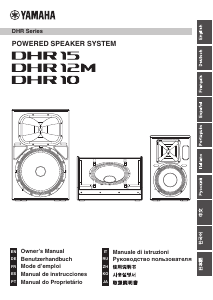


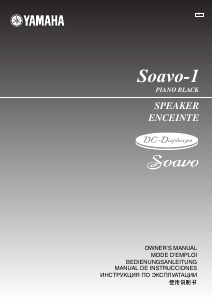
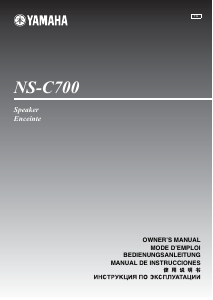
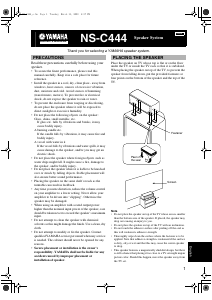
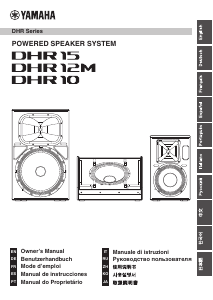
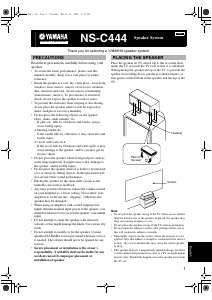
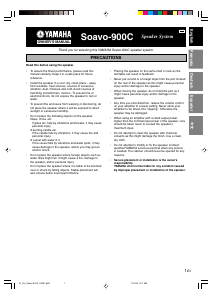
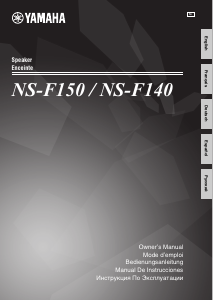

Join the conversation about this product
Here you can share what you think about the Yamaha DHR10 Speaker. If you have a question, first carefully read the manual. Requesting a manual can be done by using our contact form.